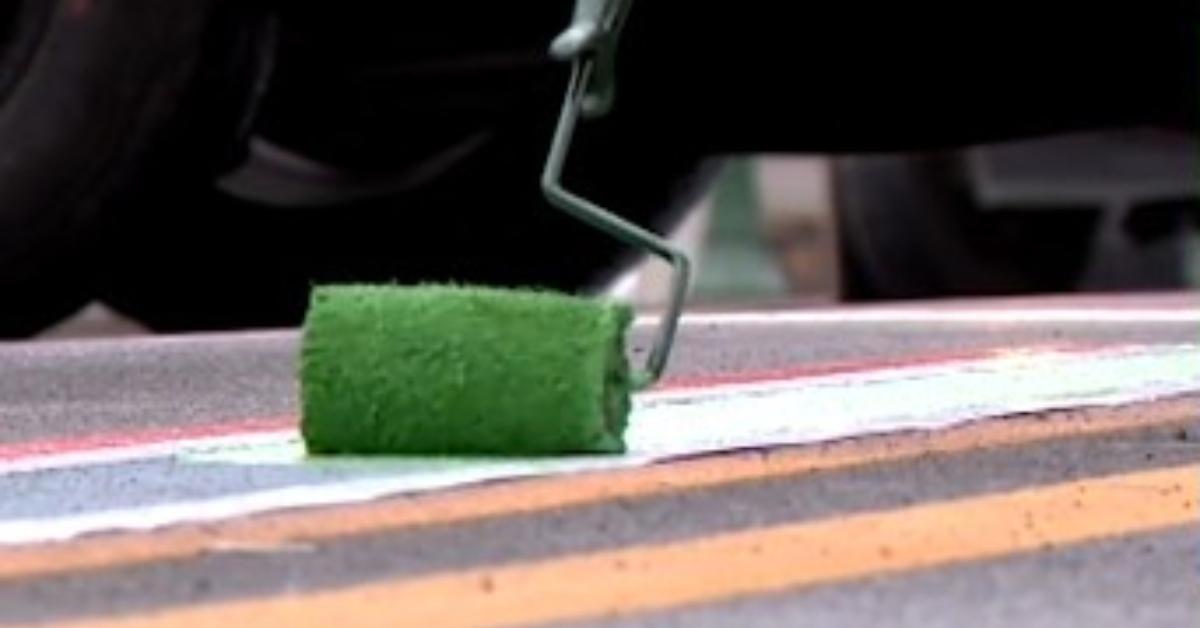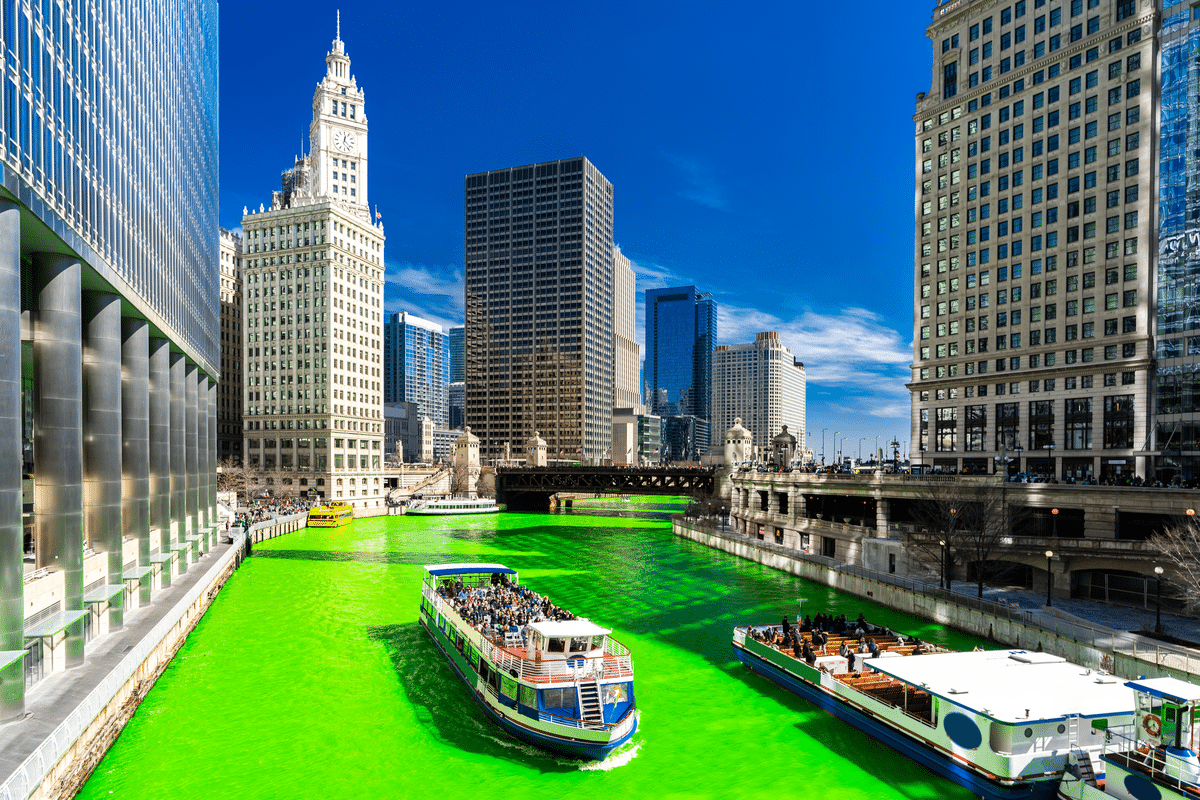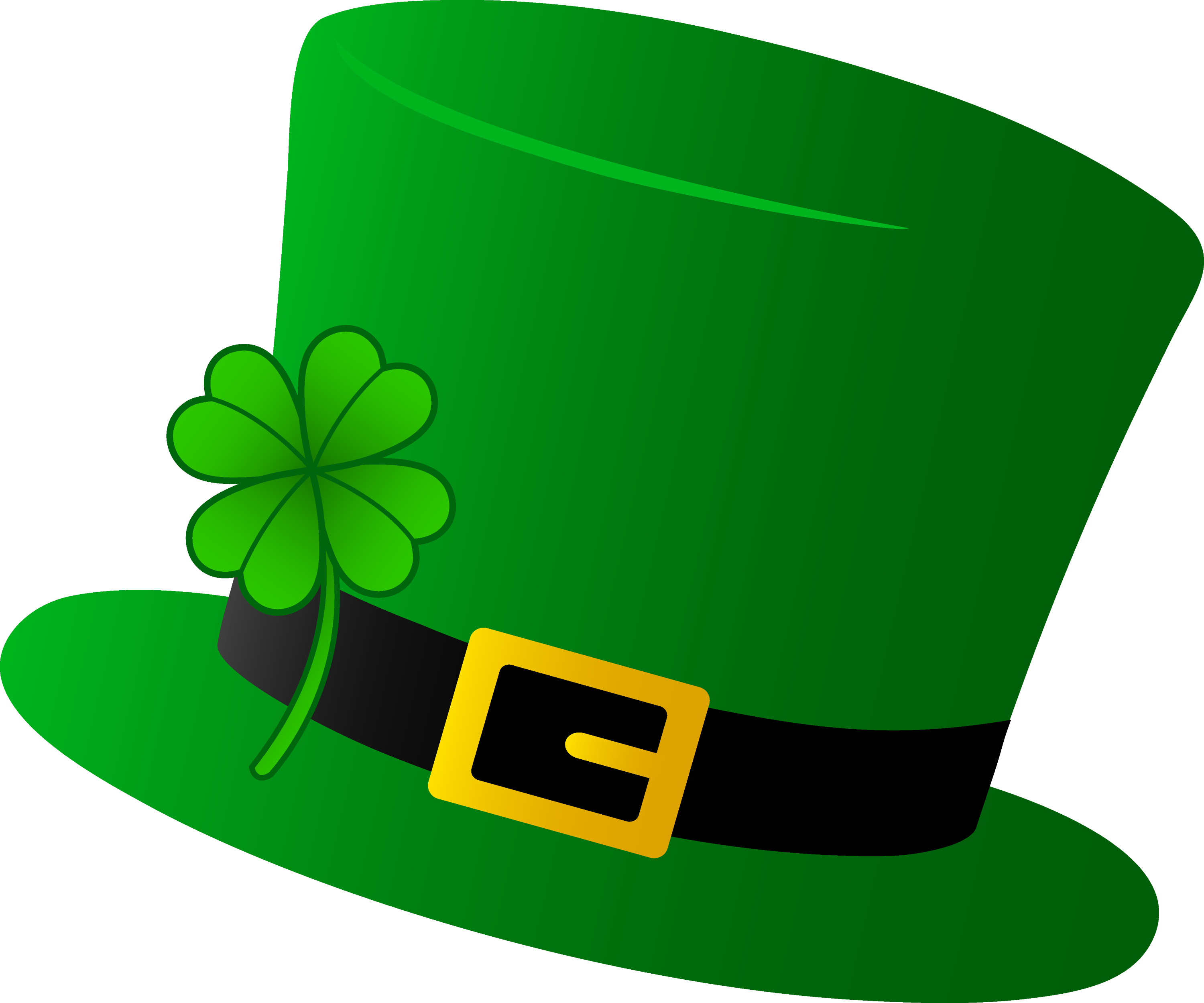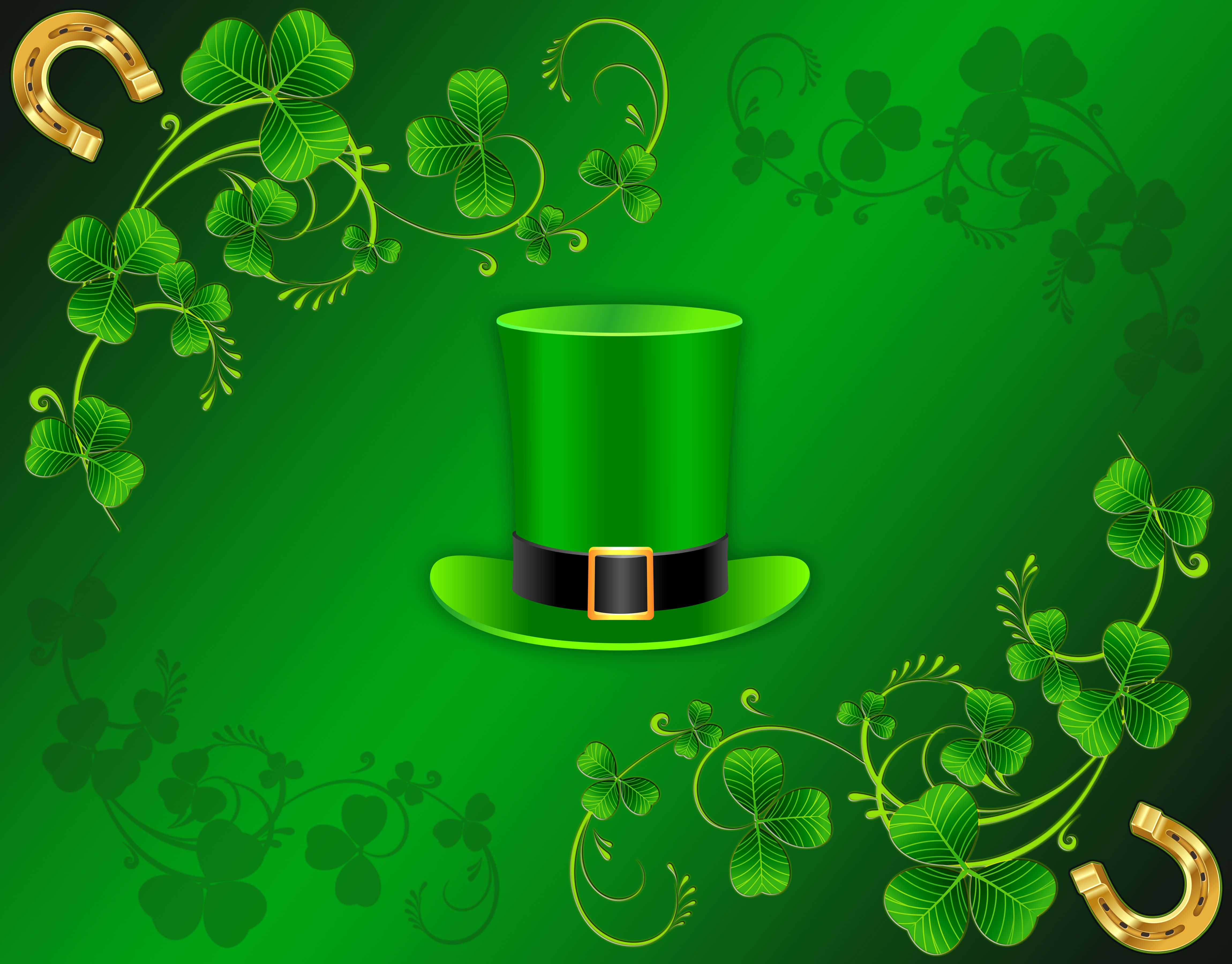Gallery
Photos from events, contest for the best costume, videos from master classes.
 |  |
 |  |
 |  |
 |  |
 |  |
 |  |
Revellers attend the Saint Patrick’s Day parade on March 17, 2019 in Dublin, Ireland. Saint Patrick, the patron saint of Ireland is celebrated around the world on St. Patrick’s Day. According to legend Saint Patrick used the three-leaved shamrock to explain the Holy Trinity to Irish pagans in the 5th-century after becoming a Christian The answer, according to tradition and a touch of historical context, is: you should probably avoid wearing orange on St. Patrick’s Day. While green is the dominant color of the celebration, orange carries a complicated history in Ireland, and its association with Protestantism can make it a less-than-ideal choice for the festivities. NEW YORK -- If it's March, and it's green, it must be St. Patrick's Day. The day honoring the patron saint of Ireland is a global celebration of Irish heritage. And nowhere is that more so than in St. Patrick’s Day, celebrated on March 17th, is a day filled with parades, music, and the ubiquitous wearing of green. But why do we don the color green on this festive occasion? This tradition, deeply rooted in Irish history and culture, symbolizes national identity, religious significance, and a connection to the lush landscape of Ireland. Both green and orange are represented in the Irish flag to illustrate the peaceful coexistence of Catholics and Protestants, so both green and orange could be considered St. Patrick’s Day colors. St. Patrick’s Day usually conjures images of partying, Catholicism, Irish nationalism and, perhaps most famously, the color green: green clothes, green shamrocks, green beer and green rivers. Why Is It Bad To Wear Orange on St Patrick’s Day? It's considered bad to wear orange on St. Patrick's Day because the color orange is associated with the Protestant community in Ireland, particularly with the Orange Order, which commemorates the victory of Protestant King William of Orange over the Catholic King James II in the Battle of the Boyne in 1690. Whether you choose to don green or orange this St. Patrick’s Day, let your attire serve as a symbol of respect for all facets of Irish heritage. Conclusion. Wearing orange on St. Patrick’s Day represents a different shade of celebration, symbolizing the Protestant faith and highlighting the complex history and diversity of Irish culture. The Dublin Evening Post reported that in a 1785 St. Patrick’s Day ceremony in Dublin, Green represents the Catholics, orange represents the Protestants, and the white in the middle READ DESCRIPTION: I OWN NEITHER IMAGES, SONG, NOR CHARACTERS PORTRAYED. For a special St. Patrick's Day project, The Legendary Family, Cuchulain, Aoife, and The Best Irish Songs And The Best Irish Films Of All Time For Paddy’s Day; 8 Ways That We Celebrate St. Patrick’s Day In Ireland; The Most Notable St. Patrick’s Day Traditions In Ireland; 17 Tasty St. Patrick’s Day Cocktails To Whip Up At Home; How To Say Happy St. Patrick’s Day In Irish; 5 St. Patrick’s Day Prayers And Blessings SHREVEPORT, La -- March 17 marks Saint Patrick’s Day, and the tradition is familiar to all as the color green rules the day. But not all people wear green on St. Paddy’s Day. Some wear orange. Download this stock image: Saint Patricks day parade Manchester. Thousands of people lined the route to watch the St Patrick's Day parade with green hats, Irish flags and Leprechauns. The city was a sea of green, white and orange as members of the Irish community came out to mark the national holiday of Ireland's patron saint. This year was the 35th anniversary of the parade in the city and Nonetheless, St. Patrick's Day was co-opted by Protestants, who opted to don their representative orange instead of green for the day. The white stripe separating the green and orange ones on the country's flag is indicative of the unity both religions maintain, meaning there's no bad blood no matter what color you don. Incorporating orange and green into St. Patrick’s Day outfits can be a creative way to celebrate and acknowledge Ireland’s diverse heritage. History of Wearing Orange on St Patrick’s Day. Wearing orange on St. Patrick’s Day has its roots in Irish history, specifically, the events surrounding the Battle of the Boyne in 1690. Every March 17th, cities around the world turn green in celebration of St. Patrick’s Day—but why is green the chosen colour? And why do some people wear orange?!While Ireland’s nickname as the Emerald Isle and the shamrock’s deep ties to Irish identity play a role, the association wasn’t always there. To understand why some people wear orange, you first have to understand why people wear green. St. Patrick's Day is a Roman Catholic holiday that was first celebrated in Ireland starting in 1631. ST. PATRICK’S DAY EXTRAVAGANZA AT THE STATION . With a special St. Patrick’s menu and green beer, The Station in San Juan Capistrano is ready to celebrate this holiday in style. In addition to the colorful dining options, The Station will also be hosting Green Today (Green Day Tribute Band) for an exciting and memorable performance. While most St. Patrick’s Day enthusiasts bust out their green clothing on March 17, there are some who would rather wear orange. The reason has everything to do with religion. St. Patrick's Day means green is queen. We're talking green recipes, green outfits, and green cocktails! Shake 2 oz First Light Whiskey, ½ oz blue curacao, ½ oz orange juice, and ¼ oz
Articles and news, personal stories, interviews with experts.
Photos from events, contest for the best costume, videos from master classes.
 |  |
 |  |
 |  |
 |  |
 |  |
 |  |